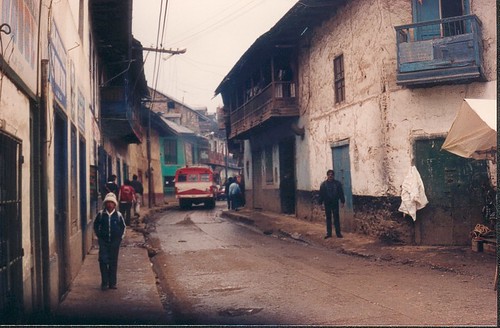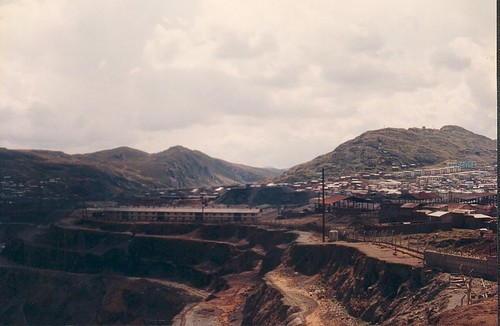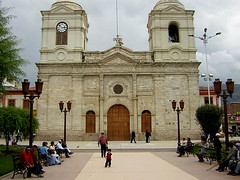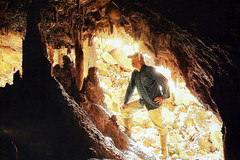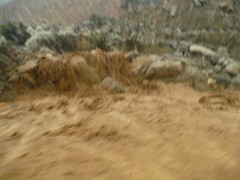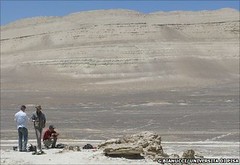Peru to move a city – Cerro de Pasco picks up and leaves
Time to update those maps of Peru’s Andean Pasco region, because the regional capital Cerro de Pasco is set to move 35km down the road. High levels of pollution are blamed.
After intense and at times colourful debate, the population of Cerro del Pasco and its authorities have approved the immediate relocation of their city. Although not all entirely happy, residents have accepted the decision.
The new location, in accordance with the proposition made by authorities, will be 35 kilometres to the south of its actual position, between the towns of Shelby and Tambo del Sol.
Regional president of Pasco, Félix Rivera Serrano, described the agreement as historic, and from today work will begin to move the entire city.
Pollution
The decision, according to Rivera Serrano, was taken because of the high levels of pollution that have seriously affected the health of the 80,000 strong population.
“The problem of pollution around the city of Cerro de Pasco has a long history and is linked to mining, which affects not only the city’s territory and urban infrastructure, but also the environment, economy, social and cultural structures”, he said.
In the agreement reached by the public assembly, it was emphasised that the relocation was a vital necessity. The assembly was convened by Peru’s Peoples Committee of Andean, Amazon and Afro, Environment and Ecology of Congress, a group created to protect the rights of Peru’s rural citizens.
Among those present were a number of congresspeople including Roger Nájar, Gloria Ramos, Carlos Cánepa, Oswaldo de la Cruz, Tomas Cenzano, Hilaria Supa and María Sumire. They were joined by the chairman of the regional government, Felix Rivera, the provincial mayor, William Tito Valle, and public relations officer for the company Volcan, Luis Pariona Arana. Also, by representatives of social organizations, unions, human settlements, towns, traders and the general public.
Peru has long had serious problems with pollution. Mining and oil operations were at one time poorly controlled and regulated, poisoning the local environment and making local populations ill. Despite new laws, many of these foriegn owned operations still have little in the way of an environmental or social conscience.
Tags: cerro de pasco, environment, felix rivera, mining, pasco, pollution


